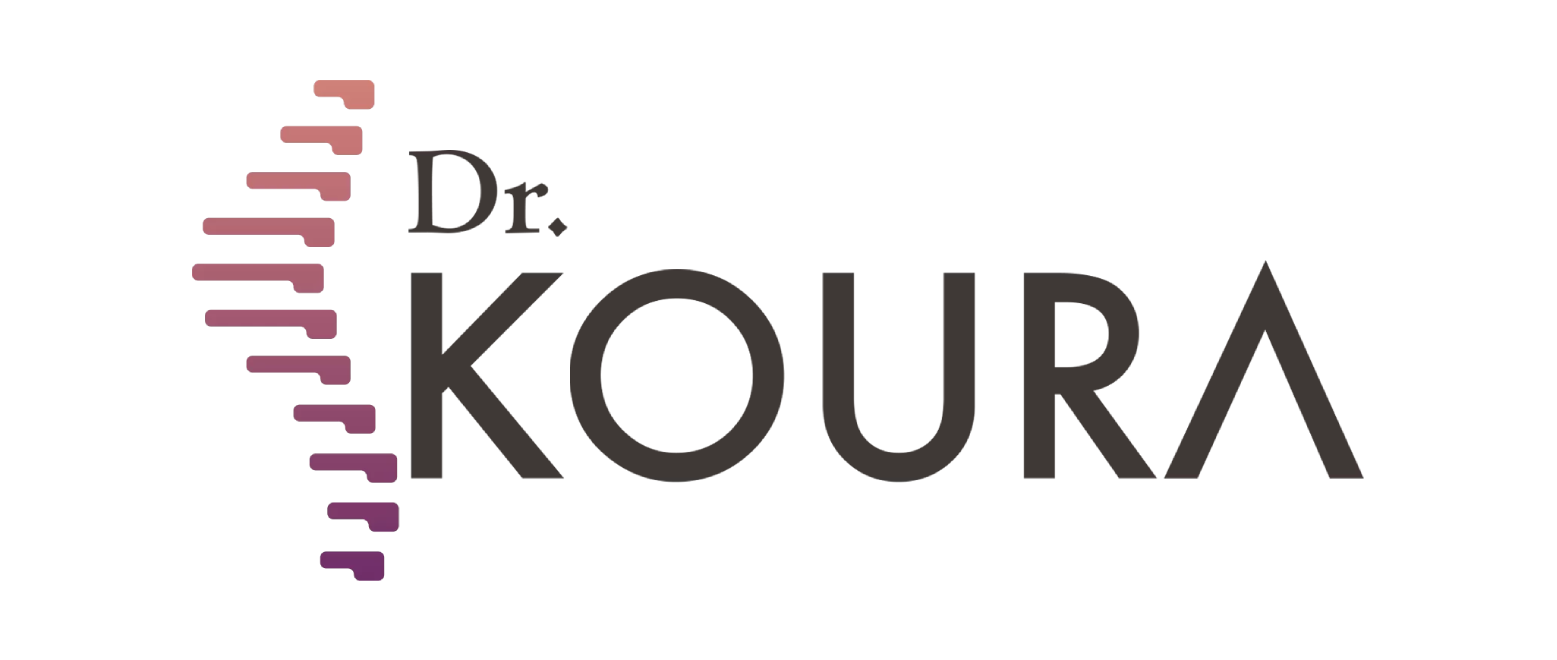Endoscopic Expansion of the Neural Canal
Back pain is a common issue affecting many individuals, and this pain can hinder their daily lives. This type of back pain can result from various factors, with research indicating it could be due to a common condition known as spinal canal stenosis. This condition can be treated non-surgically through endoscope at Dr. Mohamed Koura's center, where he is the best physician in this field. He stays updated on the latest therapeutic techniques through his participation in various international conferences alongside top doctors and experts from around the world.
In the following paragraphs, we will learn about spinal canal stenosis, its treatment, the suitable cases for percutaneous endoscopic neurolysis , the advantages of endoscopy, and its cost.
What is spinal canal stenosis?
It is one of the most common causes of lower back pain. Spinal canal stenosis is a painful condition that affects the lower part of the spine. Individuals with lumbar spinal stenosis experience chronic back pain as the spinal column begins to narrow, exerting intense pressure on the spinal cord and nerves. This leads to pain and numbness in the legs and the lower back area.
Over time, movement and walking can become exhausting, resulting in weakness in the legs and sensory loss.
What is the treatment for spinal canal stenosis?
This condition is a significant cause of chronic pain and a common indicator for spinal surgery. Until a few years ago, open spine surgery was the only option.
Today, with the advancement of procedures and medical technology, interventions have become less invasive, as is the case at Dr. Mohamed Koura's center, where neurolysis can be done using endoscope.
What are the suitable cases for percutaneous endoscopic neurolysis?
Cases of spinal injuries suitable for include the following:
● Disc herniation: When the disc presses on the nerves.
● Excessive bone growth within the spinal canal, leading to spinal canal stenosis The symptoms in these cases include:
● Lower back pain extending to one of the legs.
● Weakness or numbness extending to the legs.
● In severe cases, standing or walking may become difficult.
What are the advantages of percutaneous endoscopic neurolysis?
It has several advantages over traditional surgery, including the following:
● A definitive and not temporary solution.
● Serves the same purpose as surgery but without any incisions.
● Suitable for all ages, including the elderly and those with excessive obesity.
● No bleeding or blood transfusion during the procedure.
● Pain is almost nonexistent after the procedure.
● You can move and walk immediately after the procedure.
● The risk of wound infection is extremely rare, almost non-existent due to the absence of incisions.
● No need for physical therapy due to the absence of muscle or ligament cuts responsible for spinal support.
● Very short recovery period with a quick return to work within 3 days to a week at most.
How is the cost of endoscope determined?
The cost varies based on several factors, including:
● The patient's condition
● The degree of herniation
● The degree of stenosis
● The type of vertebrae involved, whether lumbar or cervical
● The hospital, auxiliary equipment, and nursing services
However, Dr. Mohamed Koura's center is distinguished by performing this procedure at the lowest possible cost while ensuring the highest standards of quality and safety.
In conclusion, if you are one of those who need percutaneous endoscopic neurolysis, there's no need to worry. It is a safe technique and does not cause any complications.
Book now at Dr. Mohamed Koura's center and get the best medical service before and after the procedure.





 Egypt
Egypt